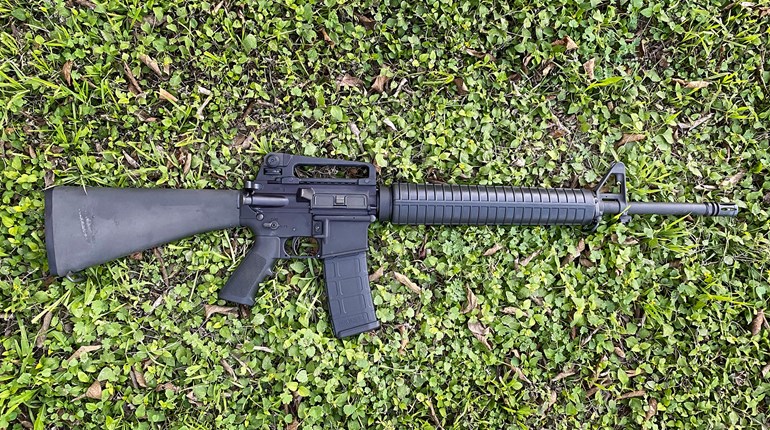
Lt. Gen. Robert Walsh, commander of the U.S. Marine Corps Combat Development Command, told the Senate Armed Services Committee on June 6 that his branch of the military may be close to selecting the same 5.56 NATO M4 round adopted by the U.S. Army in 2010—the M855A1 Enhanced Performance Round (EPR). The Marines still field the leaded M855 cartridge, a decision legislators consider fiscally inefficient when another branch apparently has perfectly good ammo.
The primary concern of the Marines is the load’s inability to function up to reliability standards in their M27 Infantry Automatic Rifle, as well as long-term durability by a firearm digesting the cartridge. The Army ran into similar problems when the steel-tipped bullet on the M855A1 EPR was cycled in its M4s, noting undue wear at the upper receiver/barrel extension interface and feeding problems. Slight changes in magazine design by Picatinny Arsenal provided the solution and the new Enhanced Performance Magazine started being issued to soldiers in July 2016.
Often referred to as “green” ammo—because it has a copper core instead of the lead in M855s—a sharper and exposed steel tip gives the M855A1 EPR a slightly different look than its predecessor, and armor penetration is improved significantly. Both versions have a copper jacket on their bullets, but the new projectile’s is reverse drawn.
There may be another reason the Marine Corps is slow to make the change, one mentioned back in 2011 and too technical to explain concisely in DC hearings. A different, faster-burning propellant is used in the new cartridge, a move to deliberately maximize muzzle velocity out of the Army’s 14.5-inch-barreled M4s. Because nearly all of the powder is burned by the time the bullet leaves the barrel, muzzle flash is also minimized.
The Marine Corps fields the short M4s, but also uses the 20-inch-barreled M16A4. Powder differences in the longer firearm could complicate matters. It’s being tested with the new load, along with the M4 and M27 Infantry Automatic Rifle at Aberdeen Proving Ground, and results are expected sometime in July 2017.




































